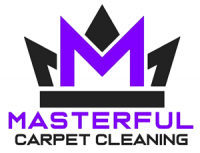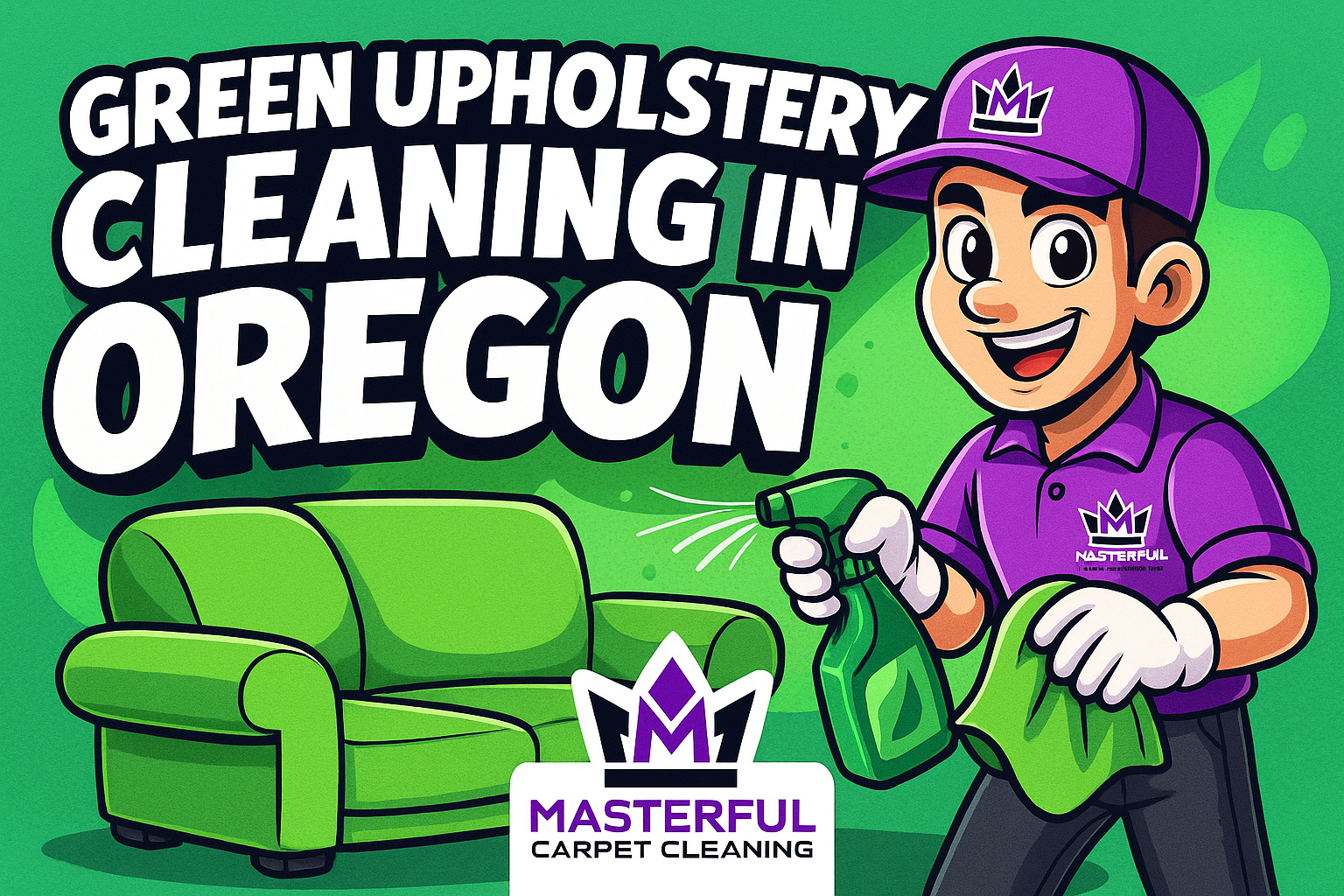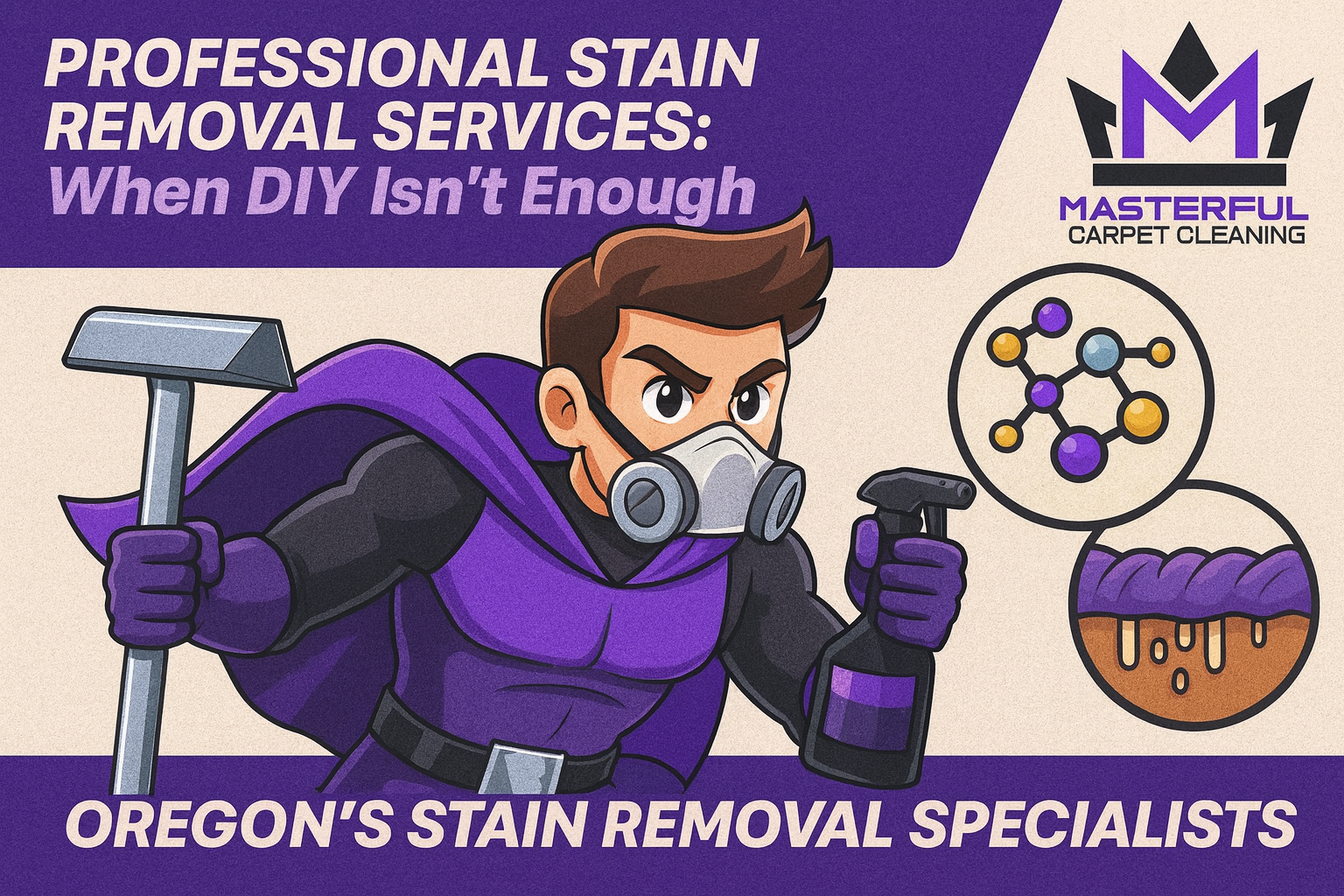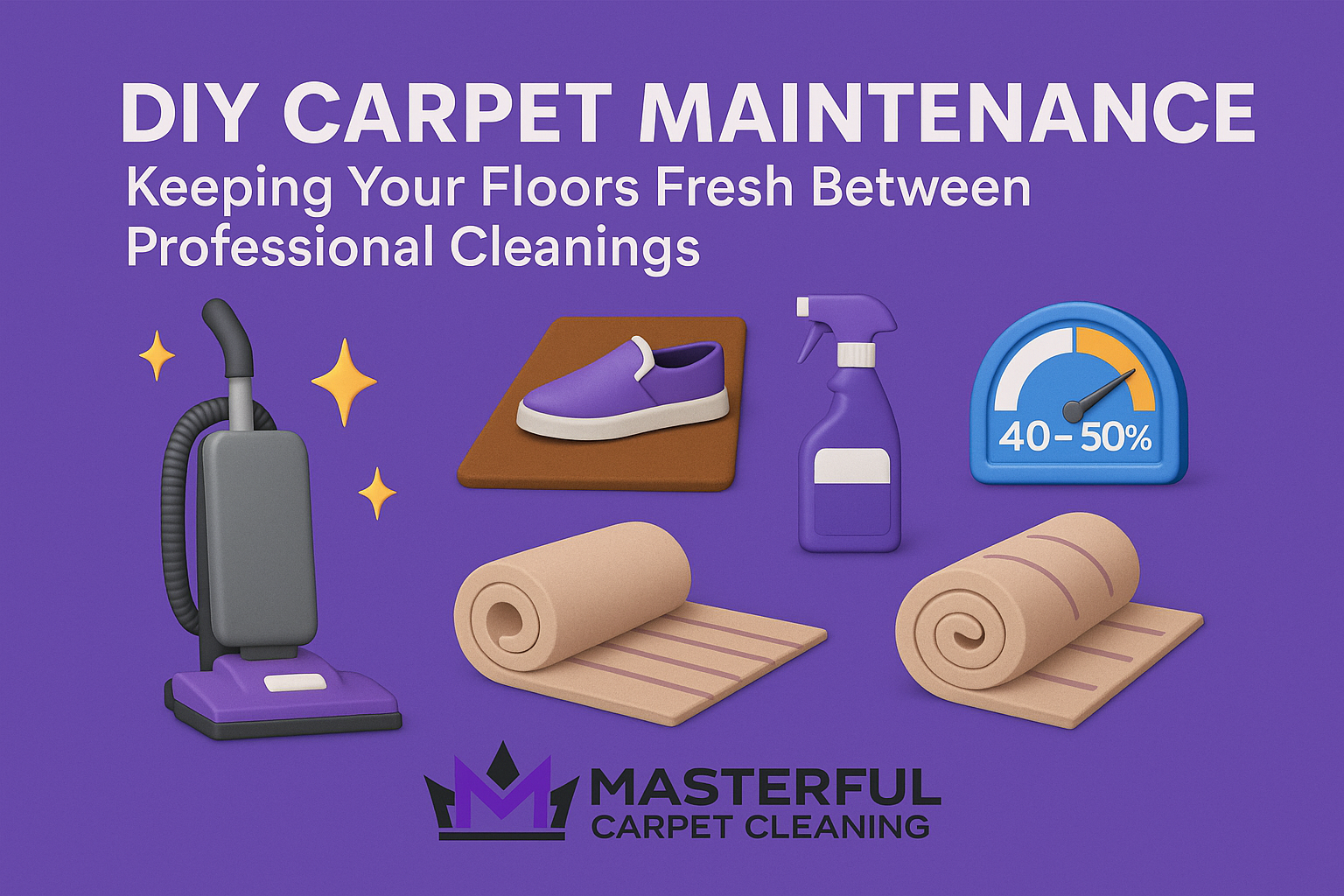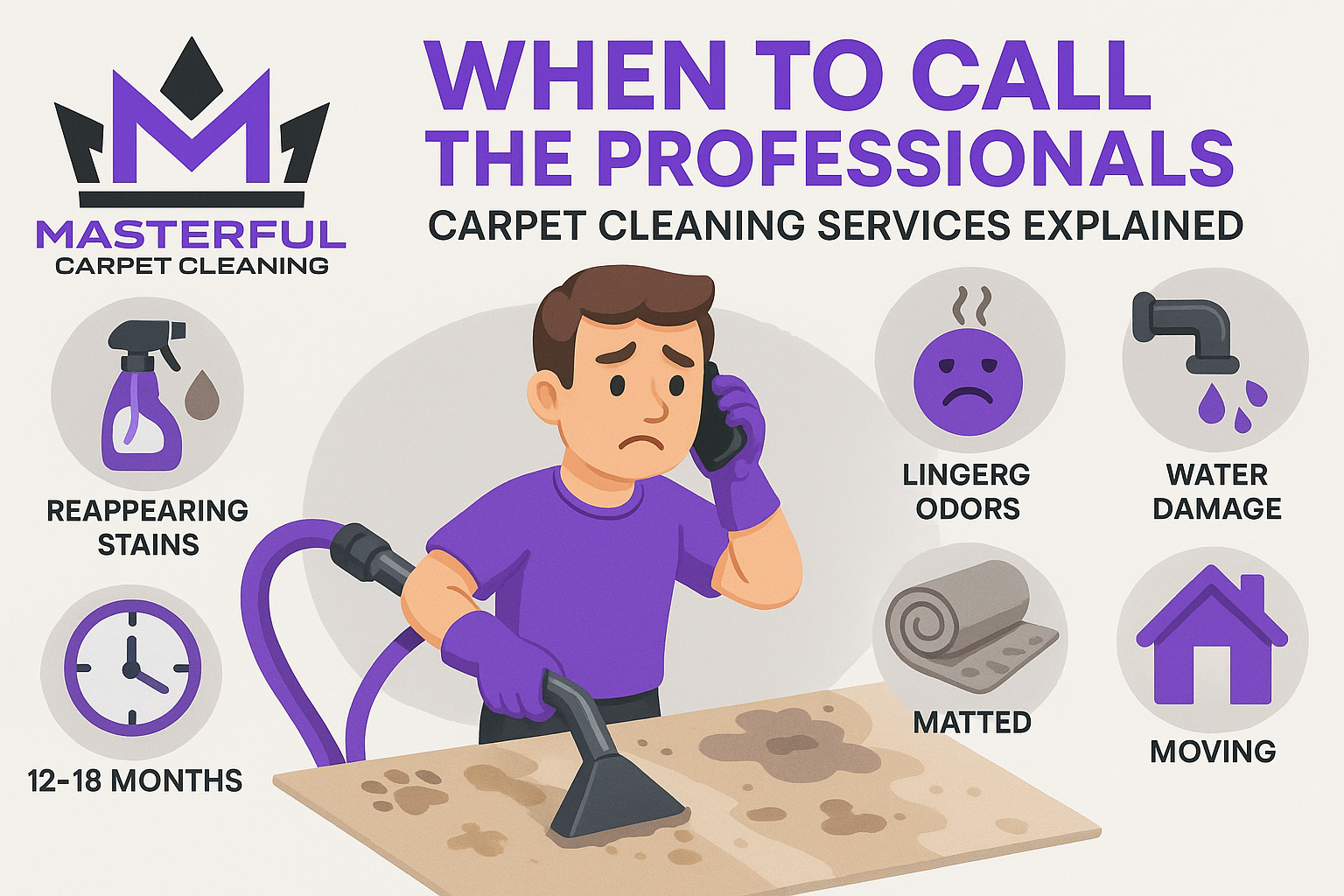Designing Pet-Friendly Living Spaces in Oregon
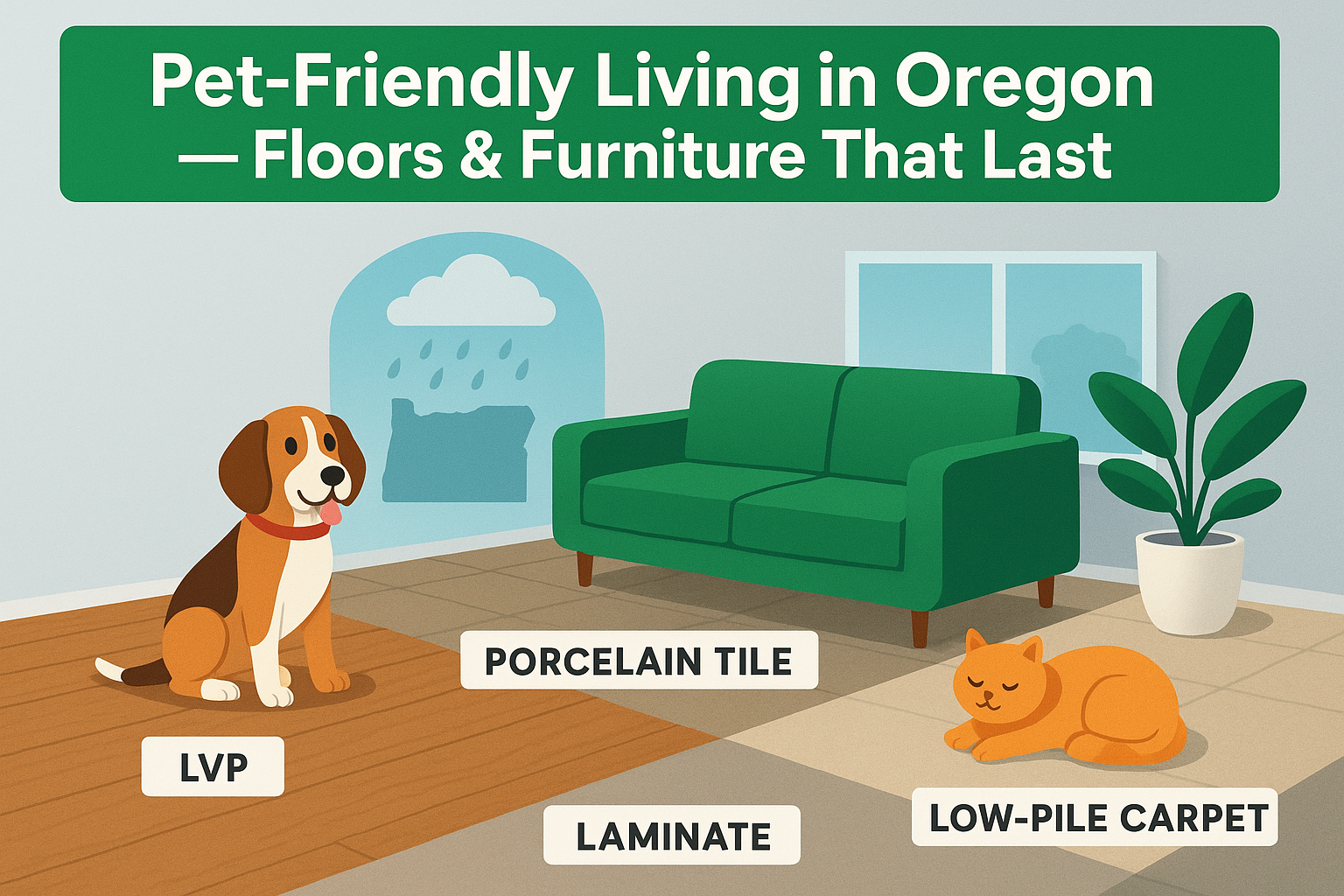
Furniture & flooring that withstands pets, and our wet Oregon winters.
Quick Answer
For Oregon’s rainy fall – spring stretch, use luxury vinyl plank (LVP) or porcelain/ceramic tile in high-traffic zones; pick AC4-AC5 laminate for drier rooms; and choose low-pile, stain treated nylon or triexta carpet in bedrooms. Pair with performance fabrics (Crypton-type), microfiber, or protected leather; add washable rugs/runners; keep nails trimmed; and schedule professional carpet cleaning and pet odor removal on a 6-12 month cadence.
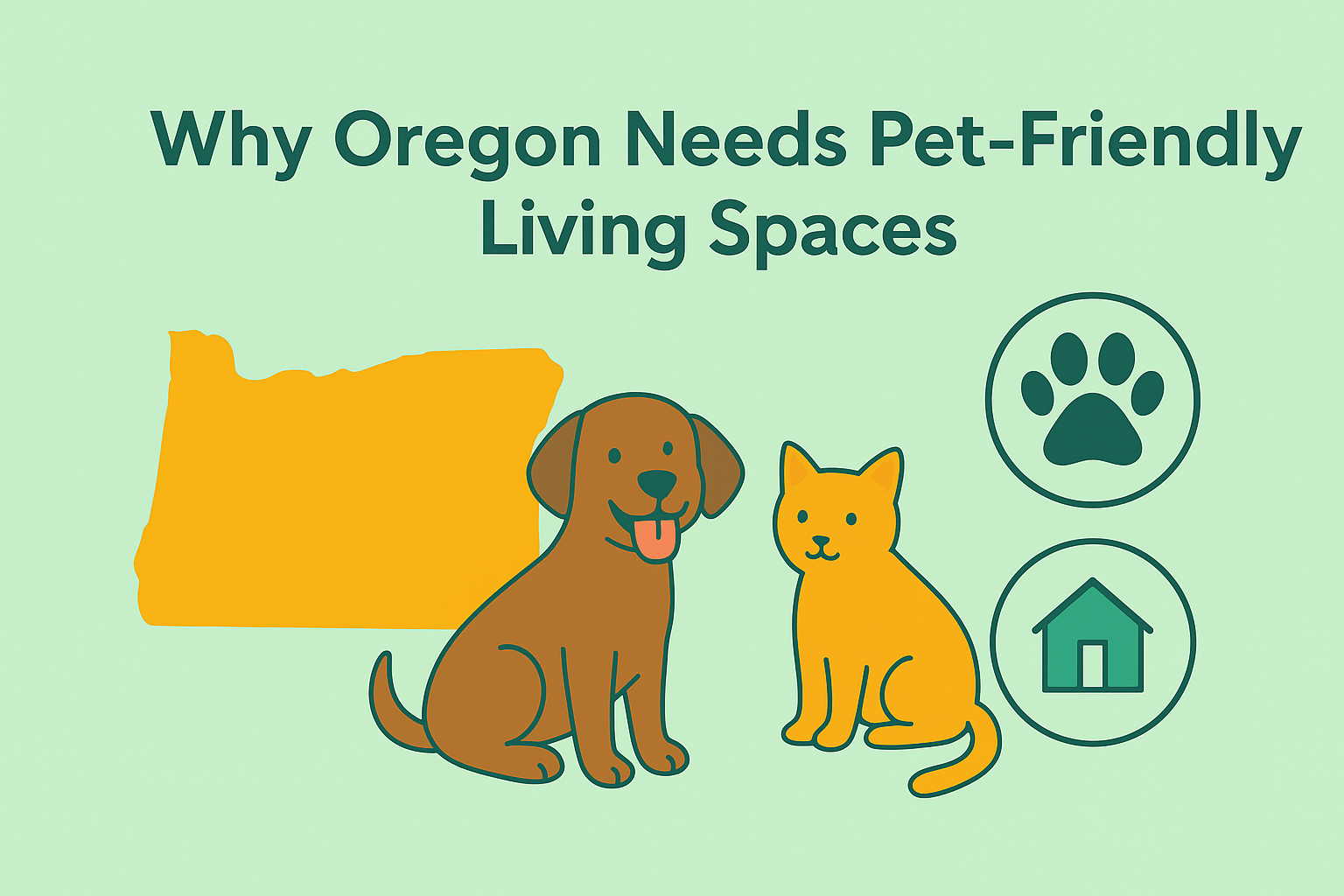
Why Oregon homes need a different plan
West of the Cascades, winters stay cool and wet, and shoulder seasons track mud through entries and hallways. That means your surfaces must handle moisture, grit, and the occasional accident without staining or swelling. The plan below ties material choice to cleanability, traction, and a simple maintenance rhythm that fits Oregon living.
The best pet-tough floors for Oregon
| Floor | Why it works with pets | Oregon caveats | Best spots |
|---|---|---|---|
| Luxury Vinyl Plank (LVP/LVT) | Waterproof wear layer; easy to wipe; resistant to stains and dents. Wide style range. | Don’t let water sit along seams; choose textured finishes for traction on “zoomie” runs. | Entries, kitchens, living areas, rentals. |
| Porcelain/Ceramic Tile | Non-porous, odor-resistant, and ultra-durable. Stands up to water bowls and wet paws. | Can feel cool/slippery – add runners; specify slip-resistant finishes. Seal the grout. | Mudrooms, dog-wash zones, kitchens, baths. |
| Laminate (AC4–AC5) | Hard wear layer handles claws; wood look warmth without hardwood sensitivity. | Most lines are water-resistant, not waterproof. Wipe spills promptly. | Upstairs, bedrooms, playrooms. |
| Treated Nylon / Triexta Carpet | Soft underfoot; resilient; many SKUs include pet-stain protection. Triexta fibers have built-in stain resistance. | Keep pile low and schedule professional extraction on a rhythm. | Bedrooms, media rooms, home offices. |
Tip: In entryways, pair tile or LVP with a washable runner to capture grit before paws reach carpeted rooms.
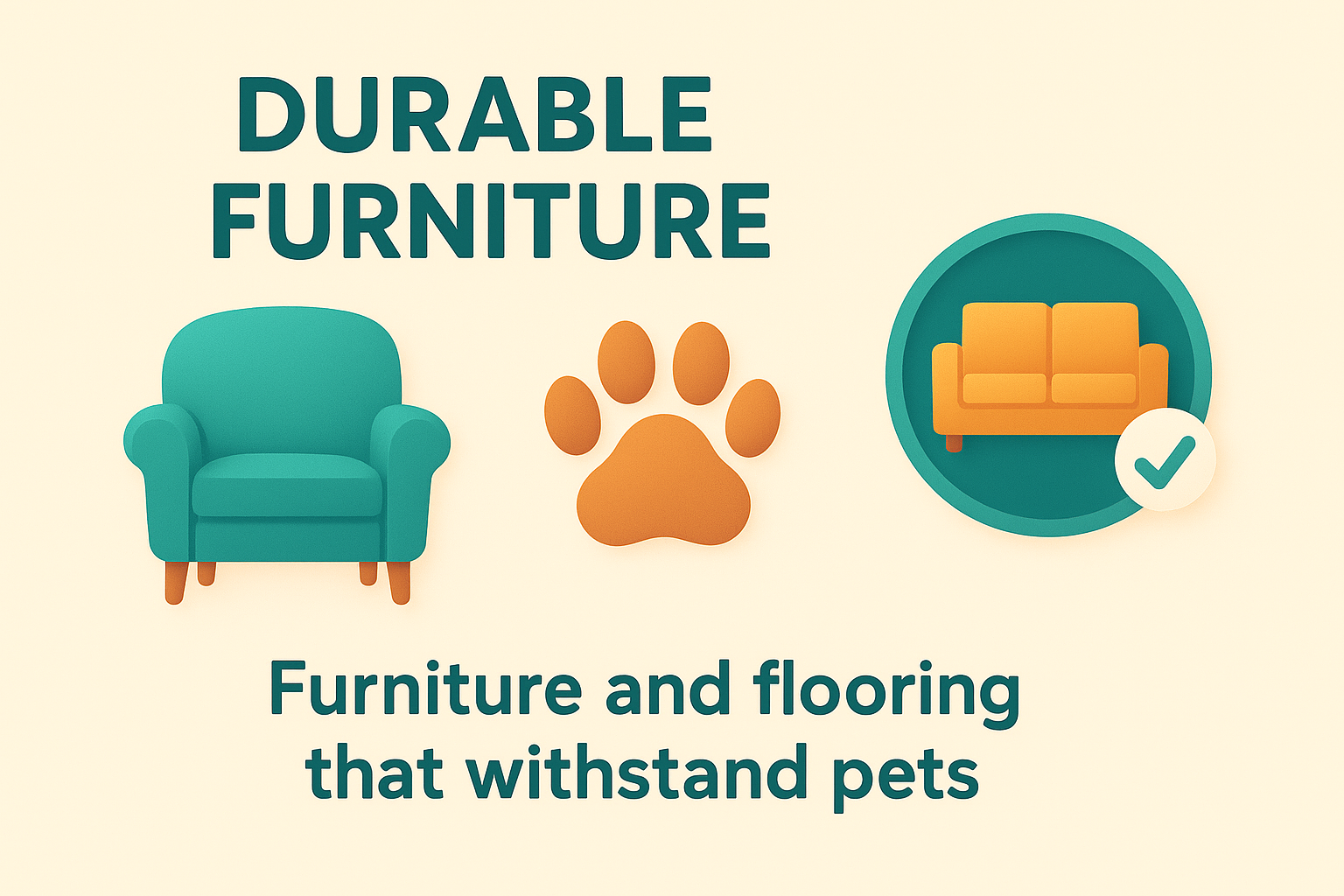
Furniture & fabrics that survive claws, fur, and spills
- Performance fabrics (Crypton-type) – engineered for stain, moisture, and odor resistance with high abrasion ratings. Great for family rooms.
- Microfiber / tightly woven synthetics – hair doesn’t embed easily; spot clean per your upholstery code.
- Protected/corrected-grain leather – wipes clean and resists odors; add throws in favorite scratch zones.
- Smart design moves – mid-tone colors, small-scale patterns, removable/washable cushion covers, and non-slip rug pads under throws and runners.
Know your cleaning codes (fast guide)
W = water-based cleaners ok; S = solvent only; WS = either; X = vacuum only. Check the tag before you spot clean, especially on performance fabrics.

Oregon room-by-room picks (simple and real-world)
Entry & mudroom
- Tile or LVP + washable runner with a non-slip pad.
- Boot tray and wall hook with dog towels to stop mess at the door.
- Grout sealed and re-sealed as needed.
Living room / great room
- LVP for moisture swings; AC4-AC5 laminate if you want warm wood upstairs.
- Performance fabric or microfiber sofa; protected leather for easy wipe-downs.
- Washable mid-pile rug to soften sound and add traction.
Kitchen
- Porcelain or LVP; low-profile mat under bowls.
- If tiled, keep grout sealed to resist stains.
Bedrooms
- Low-pile nylon or triexta carpet for warmth and quiet.
- Set a quick-cleanup routine for mishaps; use washable throws at pet sleep spots.
Cleanup that works (and when to call Masterful)
Daily/weekly rhythm
- Hard floors: dry mop or vacuum to capture grit that scratches; damp-mop LVP/tile as needed.
- Carpet & rugs: vacuum high-traffic paths 2-3×/week; wash washable rugs monthly during rainy months.
- Upholstery: lint-roll or vacuum with an upholstery tool; spot clean per the fabric code.
After accidents (carpet)
- Blot – don’t rub.
- Apply an enzyme cleaner and allow label-specified dwell time.
- Extract moisture (wet/dry vac works well).
- If odor lingers or contamination reached the pad, book professional Pet Urine & Odor Removal.
Professional cadence (Oregon-friendly)
- Carpet deep clean: every 6–12 months (multiple pets or heavy traffic → the short end).
- Dry time: for hot-water extraction, plan ~6-12 hours; speed things up with fans and ventilation.
- Tile & grout reset: as needed when grout darkens; clean professionally, then re-seal.
- Upholstery refresh: periodic professional cleaning keeps performance fabrics performing.
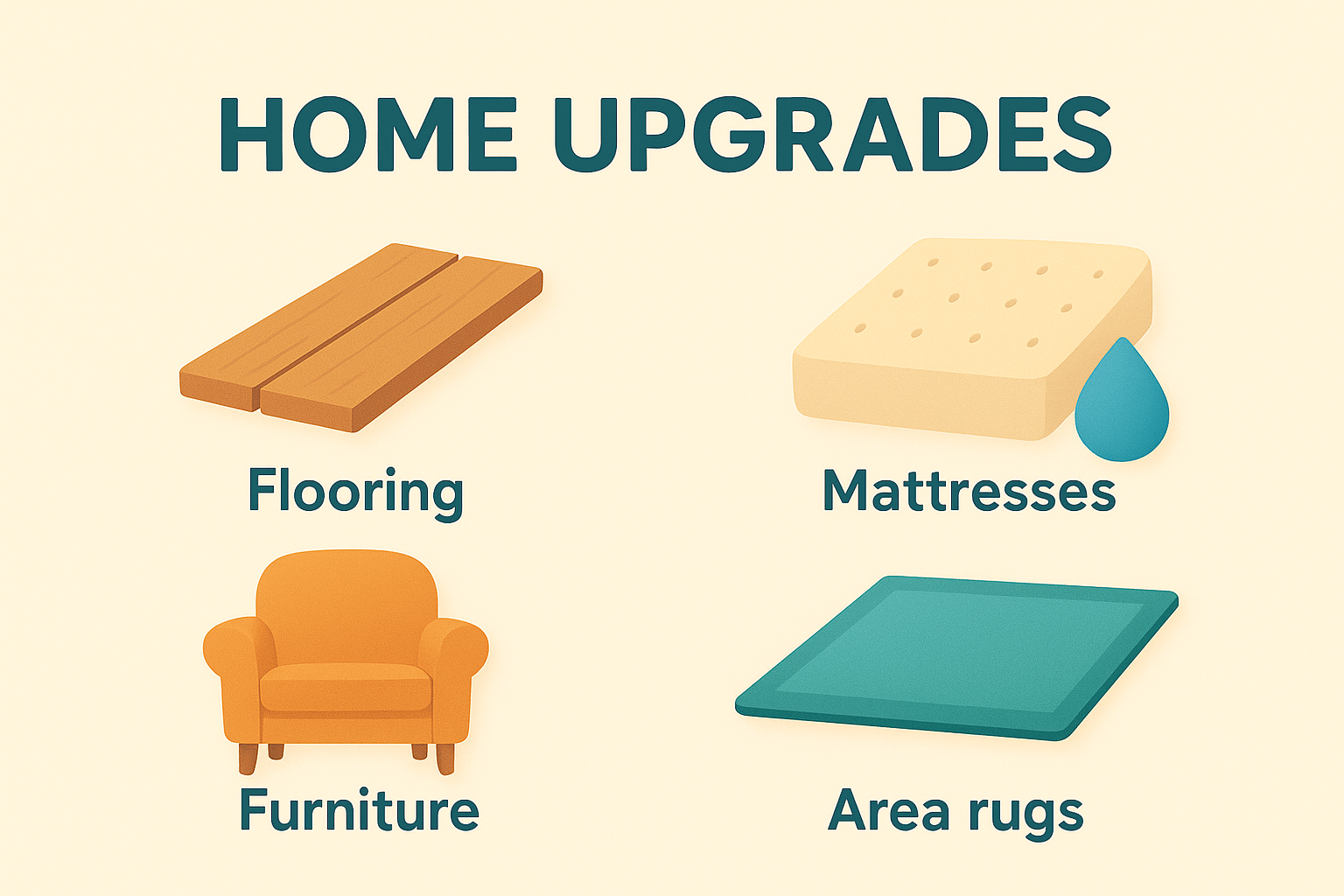
Simple upgrades that make a big difference
- Runners where pets sprint – hallways, stairs, corner paths. Choose washable or low-pile rugs with a non-slip pad.
- Nail maintenance – reduces scratch risk on laminate/LVP and improves traction.
- Slip resistance – ask for COF-rated tile finishes in wet zones; layer runners where needed.
- Doorway defenses – boot trays, towel hooks, and a small bench in the mudroom keep mess contained.
- Air quality – a compact purifier cuts dander in bedrooms and media rooms.
Material cheat sheet (choose fast, choose right)
If you want waterproof + low maintenance
LVP or porcelain in entries, kitchens, and mudrooms. LVP shrugs off splashes and wet paws; porcelain is practically impervious when grout is sealed.
If you want wood-look warmth upstairs
Go laminate with AC4-AC5 durability; it’s tough against claws but not a fan of standing water.
If you want cozy + quiet rooms
Choose low-pile nylon or triexta carpet with pet-stain protection; keep a cleaning schedule.
If you want sofas that survive
Start with performance fabric (Crypton-type), microfiber, or protected leather. Confirm the W/WS code before spot cleaning.
Local help from Masterful Carpet Cleaning
When DIY hits a wall, we’re here with professional extraction, odor treatment, tile & grout resets, and upholstery care that respects your fabrics. We serve Salem, Keizer, Albany, Corvallis, and nearby communities across the Willamette Valley.
FAQs
- Is carpet still OK with pets? Yes, choose low-pile nylon or triexta with pet-stain protection and keep to a 6-12 month professional cleaning cadence. Regular extraction prevents odors and matting, especially through our rainy months.
- Laminate or vinyl for dogs? In moisture-prone zones (entries, kitchens, baths), LVP wins for water resistance. In drier rooms where you want warmth, AC4-AC5 laminate holds up well to claws, just wipe spills promptly.
- What does AC4/AC5 mean on laminate? It’s a durability rating. AC4 = heavy residential/light commercial; AC5 = heavy commercial. For pets, AC4+ is the safe zone.
- Do I need to seal grout if I use porcelain tile? Yes, the tile itself typically doesn’t need sealing, but grout is porous. Sealing helps resist stains and odors, especially near water bowls and entryways.
- Best couch materials for pets? Performance fabrics (Crypton-type), microfiber, and protected leather clean easily and resist odors. Check the fabric tag: W, S, WS, or X guides your spot-clean method.
- How often should I have carpets professionally cleaned with pets? Plan on every 6-12 months. Multiple pets, allergies, or heavy foot traffic may benefit from every 3-6 months. Dry times vary by method; for hot-water extraction expect roughly 6-12 hours.
As the Co-Owner of Masterful, Randy has been providing quality cleaning services to the Salem and Portland areas of Oregon for many years. He has built a reputation for excellence in the industry. His team take prides in using the latest cleaning techniques and technologies to deliver exceptional results every time. Author

